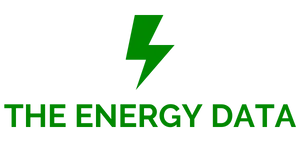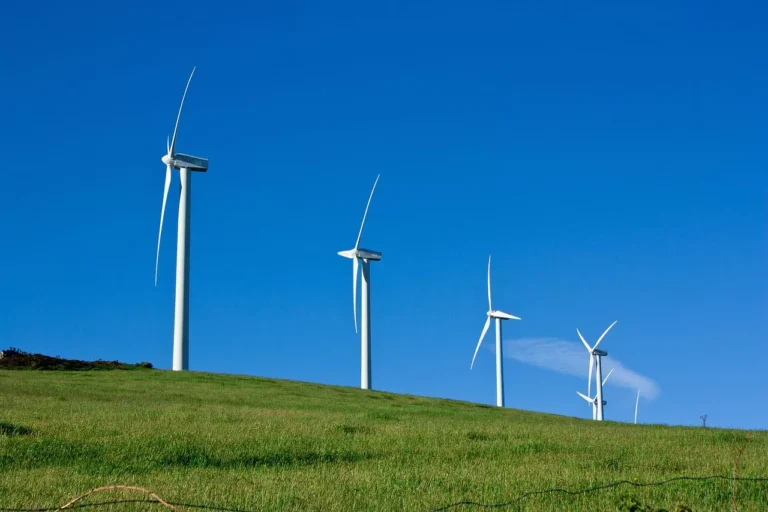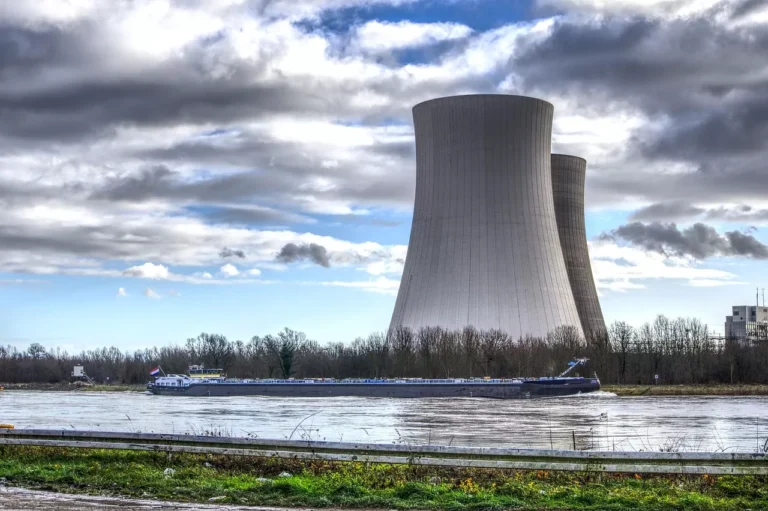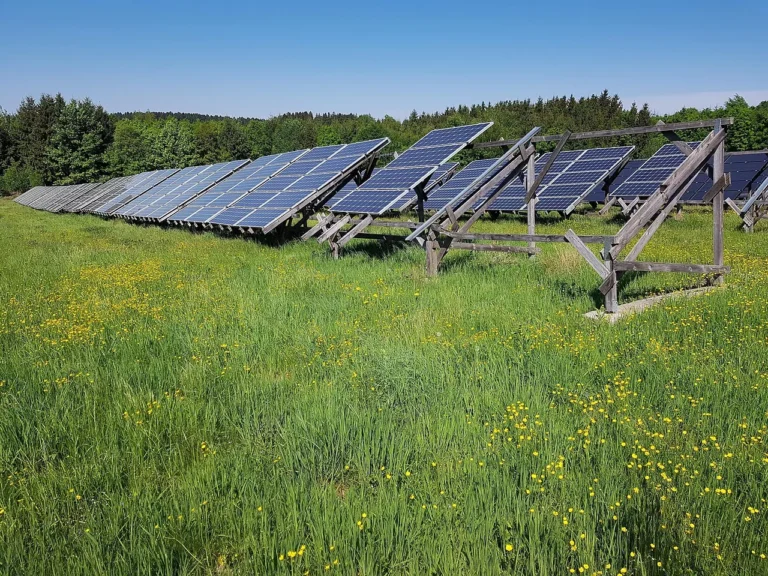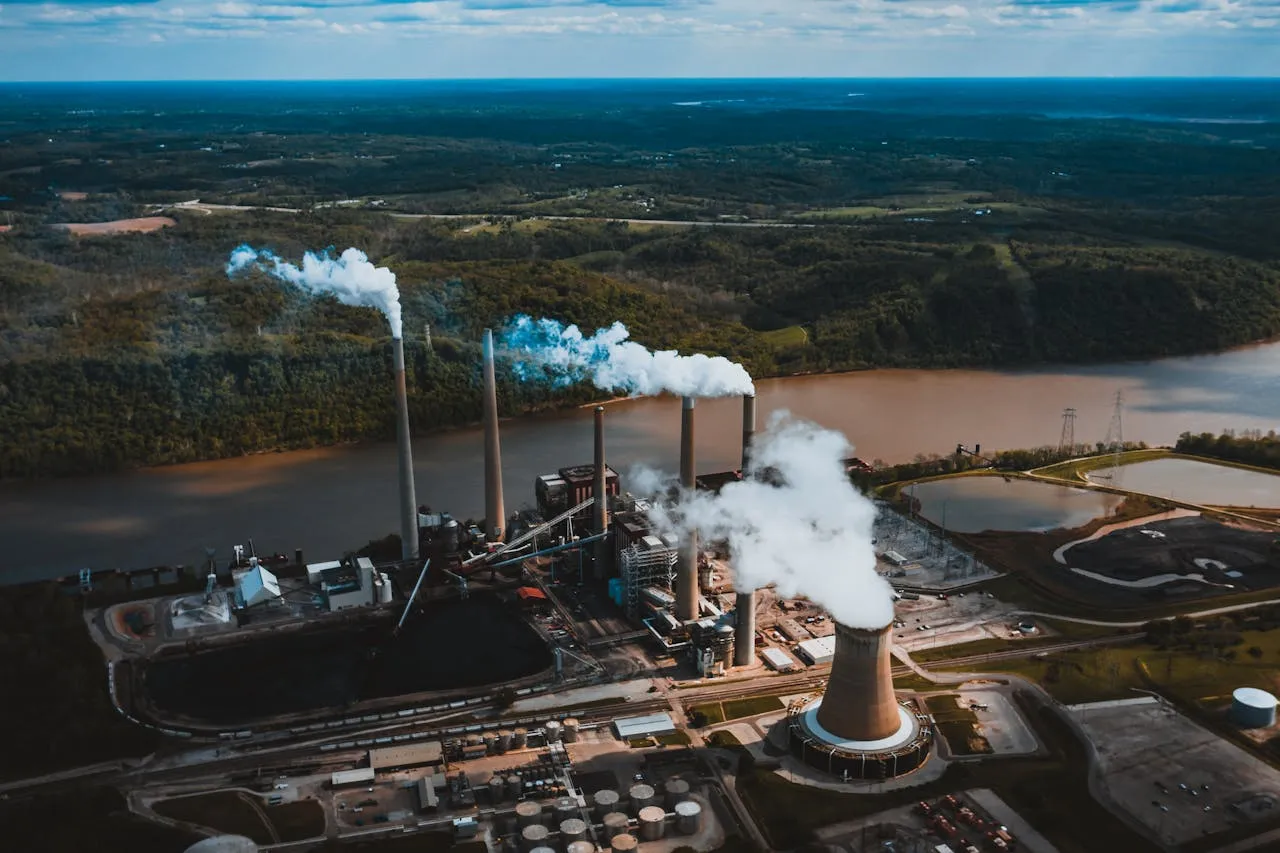
Westinghouse Leads U.S. Nuclear Innovation with First Deployment of LEU+ Fuel at Vogtle Unit 2
In a groundbreaking achievement for the U.S. nuclear energy sector, Westinghouse Electric Company has officially completed the first-ever insertion of Lead Test Assemblies (LTAs) containing Low Enriched Uranium Plus (LEU+) fuel into a commercial nuclear reactor. The milestone took place at Unit 2 of the Alvin W. Vogtle Electric Generating Plant in Waynesboro, Georgia—marking a significant advancement in nuclear fuel technology and a critical step toward the future of clean, reliable energy in the United States.
This historic deployment of LEU+ fuel, which is enriched to levels greater than 5% but below the 20% threshold that defines highly enriched uranium, represents a shift in the way nuclear fuel is developed, tested, and used in power plants. It’s the first time such fuel has been inserted into a U.S. commercial power reactor and signals a new era of innovation in nuclear fuel enrichment and performance. The successful implementation of this technology is a direct result of collaboration between Westinghouse, the U.S. Department of Energy (DOE) through its Accident Tolerant Fuel (ATF) Program, and Southern Nuclear, a subsidiary of Southern Company and the operator of Plant Vogtle.
What is LEU+ Fuel and Why It Matters
Low Enriched Uranium (LEU) traditionally refers to uranium enriched to a concentration of up to 5% of uranium-235 (U-235), which is the fissile isotope needed for sustaining a controlled nuclear chain reaction. The LEU+ category goes beyond that, with enrichment levels slightly above 5%, offering various operational benefits without breaching nonproliferation guidelines or requiring entirely new reactor designs.
LEU+ is designed to support longer fuel cycles, which means that reactors can run for more months between refueling outages. In practical terms, this translates into improved plant uptime, reduced operating costs, and greater fuel efficiency. Additionally, reactors using LEU+ can potentially undergo power uprates, allowing them to generate more electricity from the same infrastructure.
For operators and regulators alike, the successful deployment of LEU+ offers an attractive path forward. It enhances economic viability of existing nuclear facilities, which are essential for meeting climate goals due to their zero-emission electricity output, while also increasing grid reliability in a time of rising energy demand and decarbonization commitments.
Fuel Innovation: Inside the Westinghouse EnCore® ATF Technology
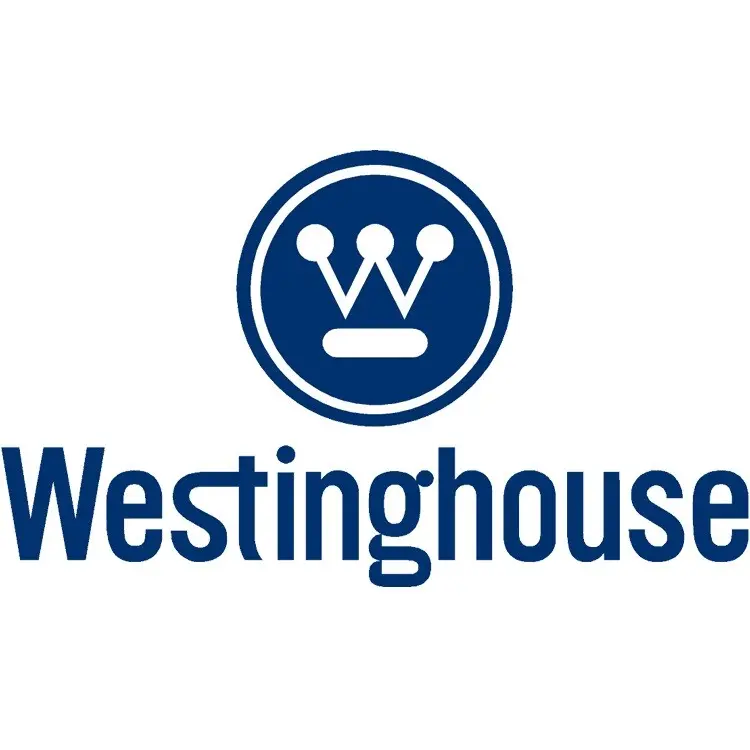
The assemblies inserted into Vogtle Unit 2 are part of Westinghouse’s EnCore® Accident Tolerant Fuel (ATF) program, a next-generation fuel solution that goes beyond traditional uranium dioxide (UO₂) designs. The EnCore® LTAs included ADOPT® fuel pellets, which are a proprietary Westinghouse formulation enriched beyond 5% U-235 for enhanced performance.
Alongside the advanced pellets, Westinghouse incorporated chromium-coated cladding and AXIOM® zirconium alloy cladding—both innovations designed to improve the fuel’s resilience under extreme conditions. These coatings provide enhanced resistance to high-temperature oxidation and hydrogen uptake, which are critical safety features in case of coolant loss scenarios like those seen in Fukushima.
The fuel assemblies were manufactured at Westinghouse’s Columbia Fuel Fabrication Facility in Hopkins, South Carolina, a key node in the U.S. nuclear supply chain that supports both domestic and international energy markets.
A Team Effort: Federal Support and Industry Partnership
The successful loading of LEU+ fuel into a commercial reactor was made possible by strong cooperation between the public and private sectors. The U.S. Department of Energy’s Accident Tolerant Fuel (ATF) initiative was launched following the Fukushima disaster in 2011, aimed at accelerating the development of fuel technologies that could maintain integrity under severe accident conditions.
This program provided critical funding and technical assistance to support advanced fuel concepts like Westinghouse’s EnCore®. Over the last decade, the DOE has fostered partnerships with national laboratories, universities, and industry leaders to create a pipeline for innovation in fuel manufacturing, safety testing, and regulatory approval.
Southern Nuclear, the reactor operator, played an integral role in qualifying and preparing for the deployment. With its experience managing Plant Vogtle—which is also home to the first new U.S. nuclear units built in decades (Units 3 and 4)—Southern Nuclear has demonstrated its commitment to pioneering advancements in nuclear technology. Their willingness to implement LEU+ in a live operational setting illustrates confidence in the fuel’s performance and its alignment with long-term goals for sustainability and reliability.
Industry Impacts and Future Outlook
For the broader nuclear energy industry, this milestone signifies more than just a new product—it represents a paradigm shift in nuclear fuel strategy. U.S. utilities have long been interested in increasing enrichment limits above the traditional 5% cap, particularly as they seek greater economic efficiency and adaptability in plant operations.
The introduction of LEU+ could enable fuel cycles that extend beyond 24 months, a crucial development for plants aiming to minimize downtime. In addition, LEU+ provides a critical platform for other advanced reactor concepts that may eventually require higher enrichments, while still maintaining compliance with international nonproliferation treaties such as the Nuclear Non-Proliferation Treaty (NPT).
Westinghouse is positioned at the forefront of this movement. With decades of experience and a global customer base, the company offers a diversified fuel portfolio supporting a wide range of reactor types—including Pressurized Water Reactors (PWRs), Boiling Water Reactors (BWRs), Advanced Gas-cooled Reactors (AGRs), and Russian-designed VVER reactors. This makes Westinghouse one of the few nuclear vendors capable of deploying tailored fuel solutions across different regulatory environments and technology needs.
“We are proud to have achieved this milestone alongside the U.S. Department of Energy and Southern Nuclear,” said Tarik Choho, President of Westinghouse Nuclear Fuel. “Our priority is to provide safe, reliable, and high-performing fuel to support our customers in their long-term operational needs. LEU+ fuel is a perfect example of how we can help reduce the number of outages in nuclear power plants.”
Looking ahead, Westinghouse and its partners plan to continue monitoring the performance of the LEU+ LTAs under real-world operating conditions. These data will be essential for informing future regulatory approvals and commercial scale-up, potentially leading to wider adoption of LEU+ fuel across the U.S. and international markets.
Reinventing Nuclear’s Role in the Energy Transition
As the world grapples with the dual challenges of climate change and energy security, nuclear power is increasingly recognized as a critical component of the global energy mix. Technologies like LEU+ fuel provide an avenue to modernize existing nuclear infrastructure, make reactors more cost-competitive, and ensure long-term reliability in low-carbon power generation.
The successful deployment at Vogtle Unit 2 is not only a testament to technical excellence and industry collaboration—it also symbolizes renewed confidence in the resilience and adaptability of nuclear energy. By pushing the boundaries of fuel performance, Westinghouse and its partners are helping to chart a sustainable course for the next generation of nuclear innovation.




